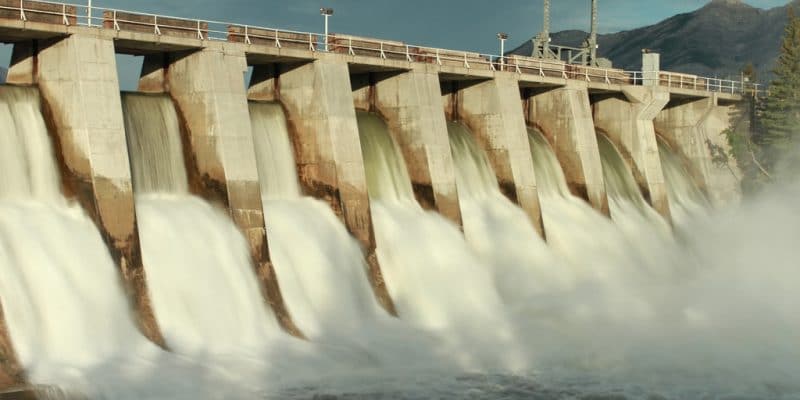A $214 million investment agreement has been reached between China's state-owned Sinohydro and Energy Development Corporation Limited (EDCL), the company that provides public electricity services in Rwanda. The agreement concerns the construction of the Nyabarongo II dam in southwestern Rwanda.
Sinohydro will invest $214 million to build the Nyabarongo II dam in southeastern Rwanda. The financing agreement has just been signed between the Chinese company and Energy Development Corporation Limited (EDCL), which provides public electricity services in Rwanda. The agreement comes at the end of negotiations on further amendments to an agreement concluded between the two companies on June 6, 2018.
In the new configuration, the dam that Sinohydro will build on the Nyabarongo River will have an installed capacity of 43.5 MW and will provide water to irrigate plantations in southwestern Rwanda. Sinohydro has 5 years to complete the construction of the infrastructure. Once commissioned, it will provide 11.5% of the current capacity of the Rwandan national grid (221 MW) according to EDCL. The new dam will support Nyabarongo I, which is used solely to produce electricity with a 28 MW capacity.
Questions about the project
The multipurpose dam project will also be used to mitigate the perpetual flooding downstream of the Nyabarongo River, which has proven to be dangerous in recent years. Sinohydro plans to start work before the end of 2019. The structure will be 48 m high with a ridge of 228 m. The water in the reservoir will drop in force to drive the Keplan propulsion turbines with capacities between 2 MW and 8.5 MW. They will be installed below the dam, in the power plant.
However, experts doubt the dam’s ability to provide water for people and agriculture due to the drought in Eastern and Southern Africa during the dry season. It should be noted that in addition to this phenomenon, which is being accentuated by global warming, mining activity also contributes to the modification of the flow of the Nyabarongo River. Especially in a part of southern Rwanda, where there are cobalt, phosphate and tin mines. Miners often resort to water in the exploitation of certain mining resources. Sand and other sediments from mines settle in the nests of rivers, gradually changing their flows.
Jean Marie Takouleu







